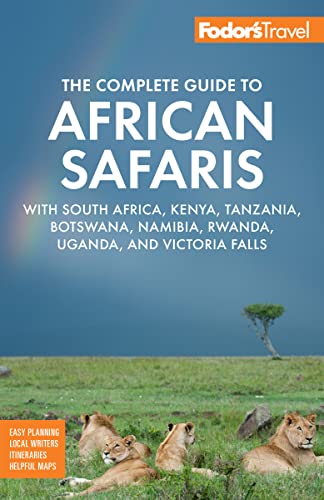Situated 370 km (230 miles) northeast of Nairobi and west of Mt. Kenya, this little-visited park (1,810 square km [699 square miles]) offers some of Kenya's wildest country, but was taken off the mainstream safari circuit because of the lawless poachers who wiped out the white rhino population in the 1980s. Although the Kenyan government has gotten a grip on the security situation, the park still finds it difficult to shake off its negative image. But rest assured that all is now well and the park is a safe and fulfilling destination—after all, this is the place where wildlife champions Joy and George Adamson hand-reared Elsa the lioness made famous by the 1966 film Born Free.
A successful rehabilitation program reintroduced elephants and rhinos to the park in 2001; both populations are doing well. There’s a lot of other game here, including buffalo, lions, leopards, cheetahs, hippos, lesser kudu, hartebeests (grassland antelope), Grevy's and Burchell's zebras, the gerenuk, the reticulated or Somali giraffe, waterbuck, oryx, and Grant's gazelles. The park is part of an ecosystem that includes Kora National Park and Mwingi, Rahole, and Bisanadi reserves. It straddles the equator and is home to a great variety of habitats, including scrubland dotted with baobab trees, lush green grasslands, and riverine forests. Tana, Kenya's longest river, is fed by 13 rivers that create a superb habitat for bird life, including the Somali ostrich and raptors such as the red-necked falcon and the palm-nut vulture. You may also see that megascore on a serious birder's "life list," the Pel's fishing owl, which hides in the huge ancient trees along the rivers.






